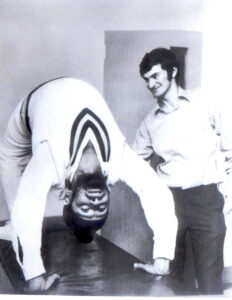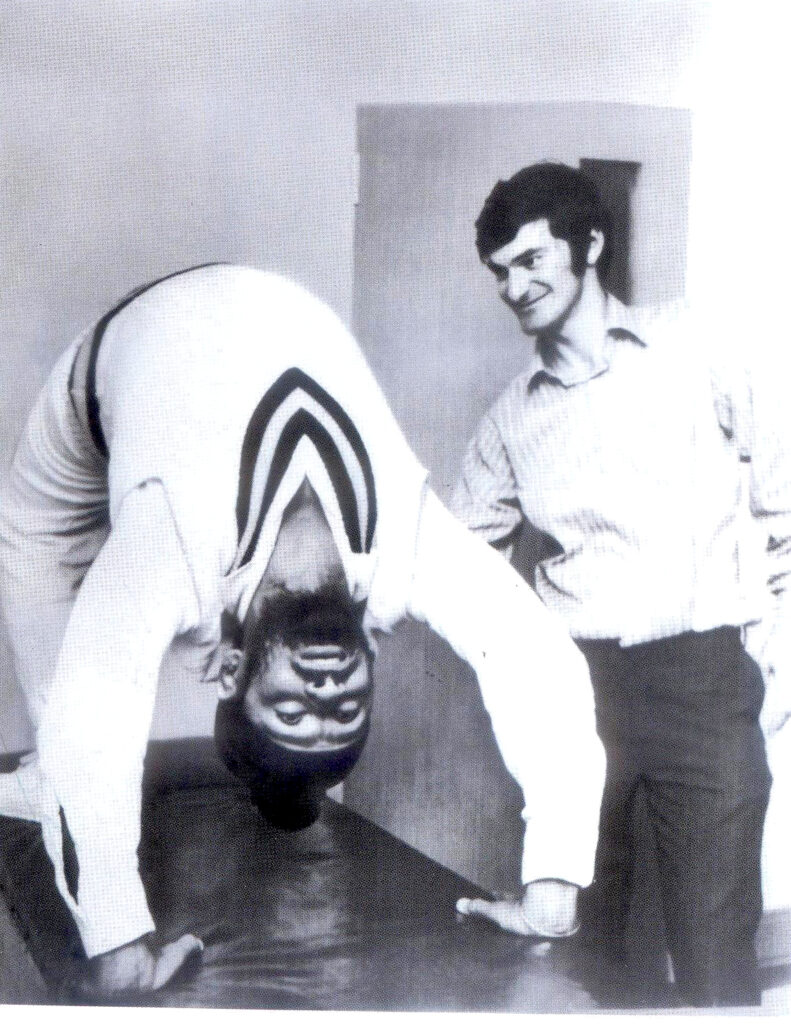
Bishan Singh Bedi always loved to pose anyone a challenge or two. You just have to access some videos on YouTube to see how he did that in the days when he unfurled his artful left-arm spin bowling. Indeed, it is easy to visualise how much he enjoyed that and the questions he asked of batsmen at the other end of the pitch all those years ago.
Mention Bedi and many images and words caress our minds like waves would a beach. Poetry in Motion. The economy of action. Sardar of Spin. The sight of reputed batsmen being beaten in the air and off the pitch. Passionate custodian of the Art. The hustling pace of the farmer delivered with no visible change in bowling action. Leader of Men. Outspoken thinker.
It is hard to think of anything new to add to all the wonderful things that have been said and written about Bishan Singh Bedi – or Paaji, as the younger generation calls him – in his playing days and long after. But then, he has always encouraged us to pick up the gauntlet, take the learnings, assimilate them and share them.
The only Test in which I watched him bowl was a rained-off but dramatic draw against New Zealand in Hyderabad way back in 1969. To be honest, the strongest memories from that game are the pair that my hero ML Jaisimha got and the sight of the New Zealand players, eager to wrap up a series-clinching win, joining the ground staff in mopping-up operations.
An earlier generation of writers were the fortunate ones, watching him bowl and describing him. Indeed, that generation of batsmen from around the world were also envious of his teammates as they did not have to play him and his mates – Erapalli Prasanna, BS Chandrasekhar and S Venkataraghavan.
And, since his retirement came just before the advent of colour television in India, many have benefited from his knowledge, so immense that Anil Kumble called him a university on the game. I have been privileged that I was among the beneficiaries of his affection and penchant for sharing his beliefs and philosophies of life, not just cricket.
Even before I moved from Hyderabad to Delhi in 1992, to try and make a mark in the world of sports journalism, I knew that he had galvanised Delhi and North Zone cricket as nobody else had done before him. But the enormity of his impact, felt many years after he hung up his spikes, became clearer within a few weeks of my shift to the capital.
It was a pretty well-known fact that Paaji spent time with anybody who was interested in learning the art of spin bowling, the values of the game and life at large. Why only learn? Anybody who was curious about his chosen art was always welcome to hear his point of view. He opened up his knowledge and spread the gospel of spin bowling, in particular, and cricket in general.
In fact, he saw it as his sacred duty.
Many an overseas spinner benefited from this wonderful nature of his. Daniel Vettori, Monty Panesar, Shane Warne and Jason Krejza are some names that readily come to mind as having benefited from intense conversations with him. There was always a takeaway, a nugget, a tip for them from such conversations.
It was not long after he retired from the sport that he made the Pakistan spin bowlers Tauseef Ahmed and Iqbal Qasim realise that on a diabolical M Chinnaswamy Stadium track in Bangalore, they did not need to impart as much spin on the cricket ball as they would have on a normal pitch.
On a pitch that assisted spin bowlers, he shared the important tip that they just needed to bowl in the right areas without imparting much turn and let the pitch dictate the course of the ball. His simple advice, one that was perhaps lost on the Indian bowlers, was that the spinners did not have to try anything beyond showcasing their normal stuff.
It is not as if he did not want to spend time with Indian spin bowlers. I remember a time in the 1990s when he told me to ask a particular spinner to spend six weeks with him at his home, Cricket Abode. “I will get him to understand to use his hips better so that he can be a more effective spin bowler,” he said. It is another matter that the offer was never taken up.
Then again, to think of him only as a spin-bowling philosopher would be to undermine his respect for the game at large. He had a very strong opinion on everything cricket, holding traditions dear to his heart and being a veritable defender of the noble game as he knew it.
“Cricket is called the Gentleman’s game for a reason,” he told me often, putting forth a strong case for cricket to be seen as a metaphor for life. “And when something is not right, they say ‘It’s not cricket!’ rather than “It’s not football!’ or ‘It’s not hockey!’ We are emboldened to uphold this.”
We saw that approach when he showed enormous respect for Mansur Ali Khan Pataudi by celebrating his skipper’s life to mark the silver jubilee of the Bishan Bedi Cricket Coaching Trust. He flew in his dear captain’s friends from far and near and presented a select gathering a wonderful evening of joy, commemoration and conversation that Tiger would have loved.
I remember Kapil Dev, World Cup-winning India captain in 1983, praising Bedi’s commitment to the process of coaching. “We have learnt from Bishan Paaji,” he said. “He has a big heart and is a great person. I could not do what you (Bedi) do. You have gone back and taught the young the etiquette of cricket. You are giving back, still serving the game. Hats off to you.”
In the present context, athletes choose platforms like Twitter and Instagram to launch salvos against the sports establishment, but earlier, it was an uphill battle for them to make their points of view known to the public at large. But by speaking up against the cricket administration of his time, Paaji emerged both as a leader and an activist.
His penchant to call a spade a spade may not have endeared himself to many people, but that did not stop him from being the best version of himself every single day. He was a complete stranger to the option of being politically correct. That was hardly his style.
It is hard not to think of Bishan Singh Bedi as the cricketer who was closest to a classical dancer with respect to the show of emotions. From Love (Shringara) to Anger (Rudra), from Laughter (Hasya) to Disgust (Bheebhatsya), from Compassion (Karuna) to Terror (Bhayanaka), from Courage (Veera) to Peace (Shanta) and Surprise (Adbutha), he has displayed them all.
Indeed, he was a complete artist. One who embraced his art and the medium that cricket is. For life. He not only mastered it but also continued to serve it as a traditionalist with his simplicity, honesty and dignity. Bishan Singh Bedi. One of a kind. The Most Incurable Cricket Romantic.




